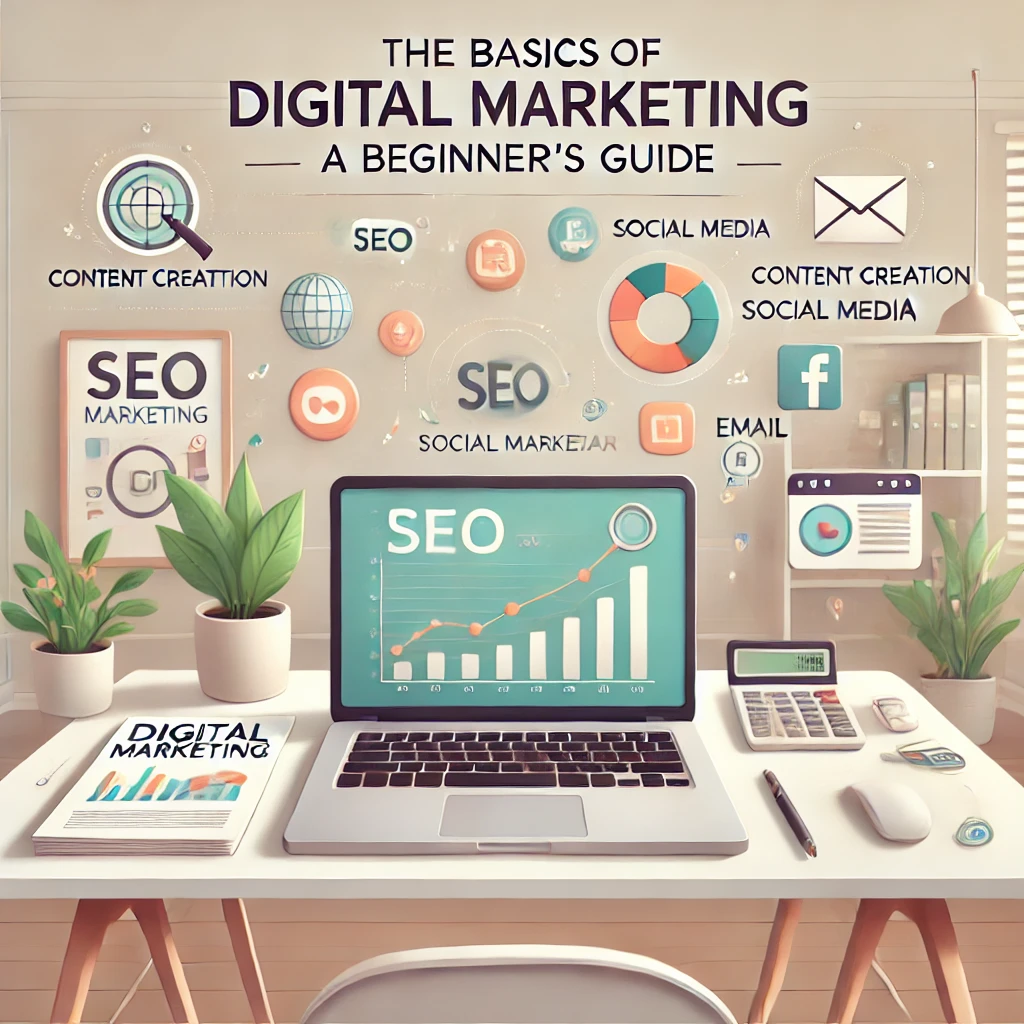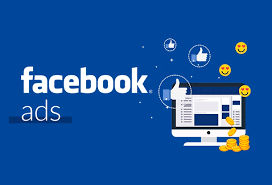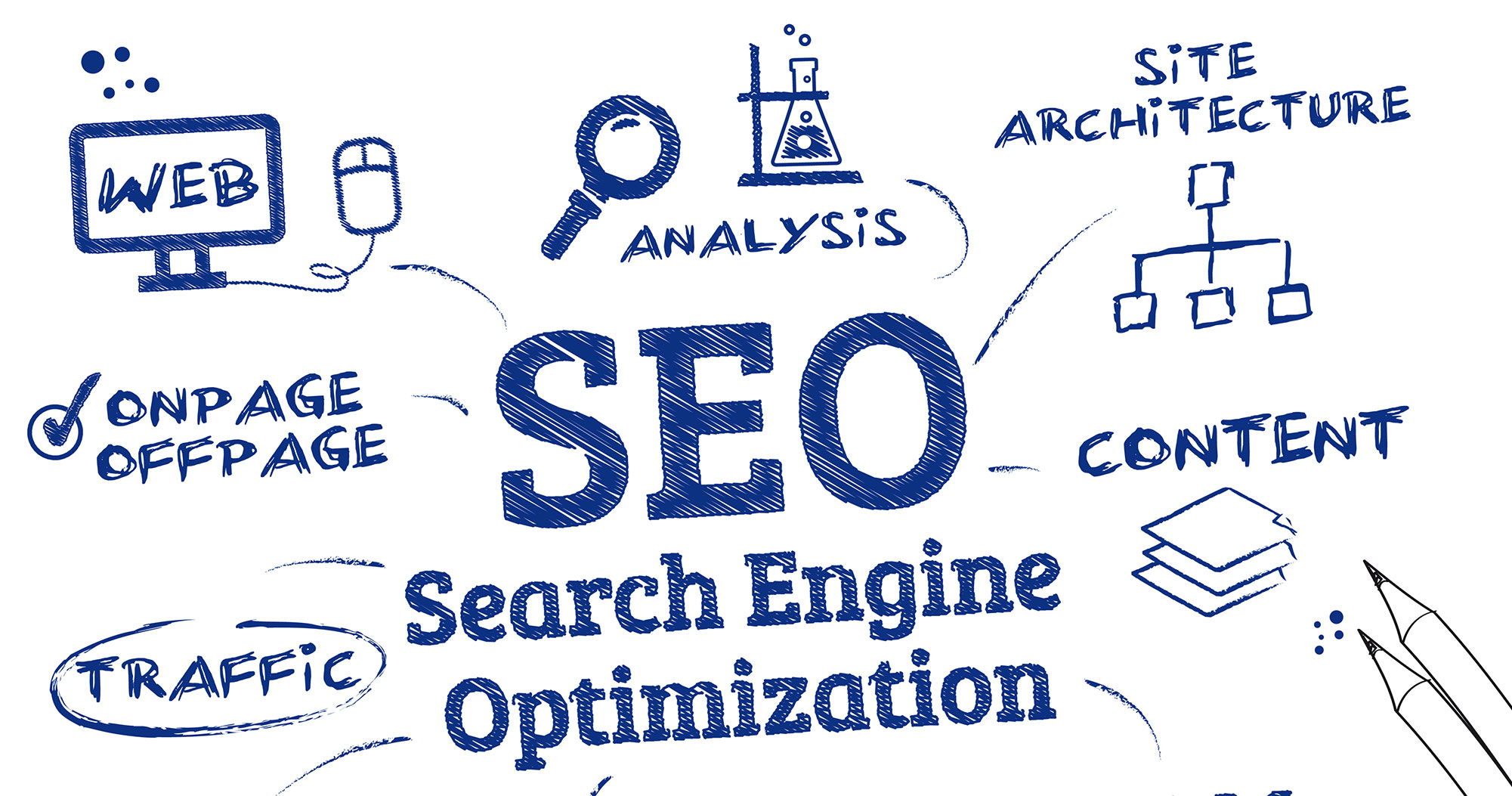What is Digital Marketing?
Digital marketing is the art and science of promoting products and services using online channels. Unlike traditional marketing, it leverages data and digital tools to reach specific audiences, track interactions, and improve campaigns based on user behavior. For beginners, understanding digital marketing opens up the potential to expand their reach, optimize budgets, and create a more personalized customer experience.
Key Components of Digital Marketing
Search Engine Optimization (SEO)
SEO is the practice of optimizing your website so it appears higher in search engine results. A higher ranking increases your visibility to users searching for related products or services.
Key Practices: Keyword research, on-page optimization, backlink building
Goal: Drive organic traffic by making your site more visible to search engines like Google
Search Engine Marketing (SEM)
Unlike SEO, SEM involves paid strategies to place your website at the top of search results. By bidding on keywords, businesses can place ads on search engines like Google and Bing.
Key Practices: PPC campaigns, ad copywriting, bid management
Goal: Attract highly targeted traffic through paid ads that show up in search results.
Social Media Marketing (SMM)
Social media marketing uses platforms like Facebook, Instagram, and LinkedIn to engage and connect with your audience. It helps build brand awareness and loyalty through direct interaction.
Key Practices: Content creation, audience engagement, paid social ads
Goal: Grow brand visibility and connect with your audience on a personal level.
Email Marketing
Email marketing involves sending targeted messages to a list of subscribers who have shown interest in your products or services. It’s highly effective for building relationships and driving repeat business.
Key Practices: List segmentation, personalization, A/B testing
Goal: Nurture leads, keep customers engaged, and drive conversions.
Content Marketing
Content marketing is the process of creating and sharing valuable content to attract and retain an audience. Through blog posts, videos, e-books, and infographics, content marketing establishes your brand as a credible source in your industry.
Key Practices: Blog posts, video content, infographics
Goal: Engage your audience and encourage them to take action by providing valuable information.
Conclusion
In a constantly evolving digital landscape, understanding the fundamentals of digital marketing is essential. Each component—SEO, SEM, social media, email, and content marketing—plays a unique role in reaching your audience and driving business growth. Together, they create a well-rounded digital strategy that helps your brand connect with consumers in meaningful ways.


